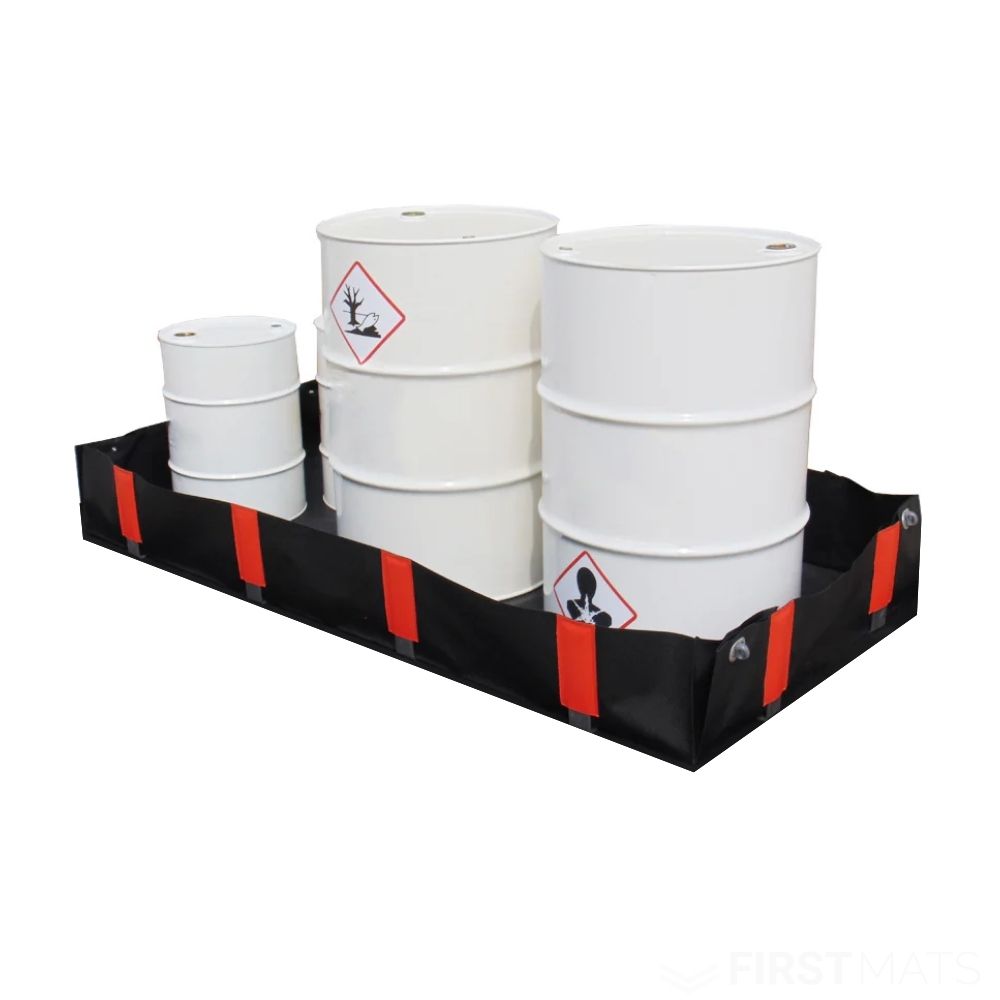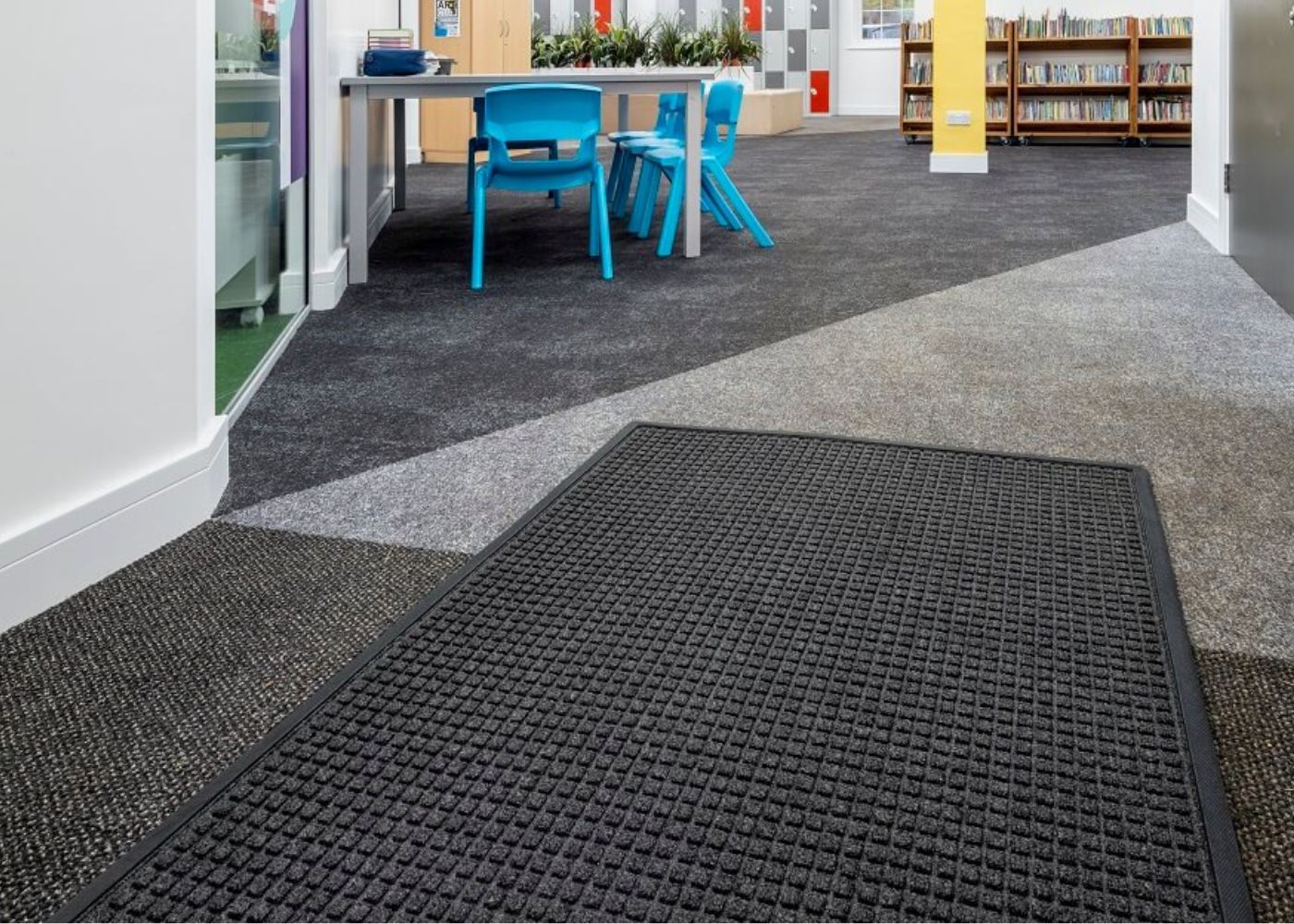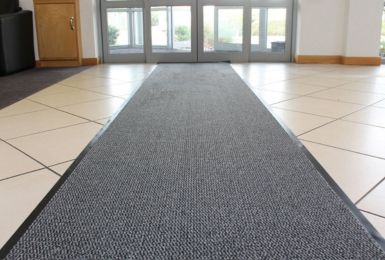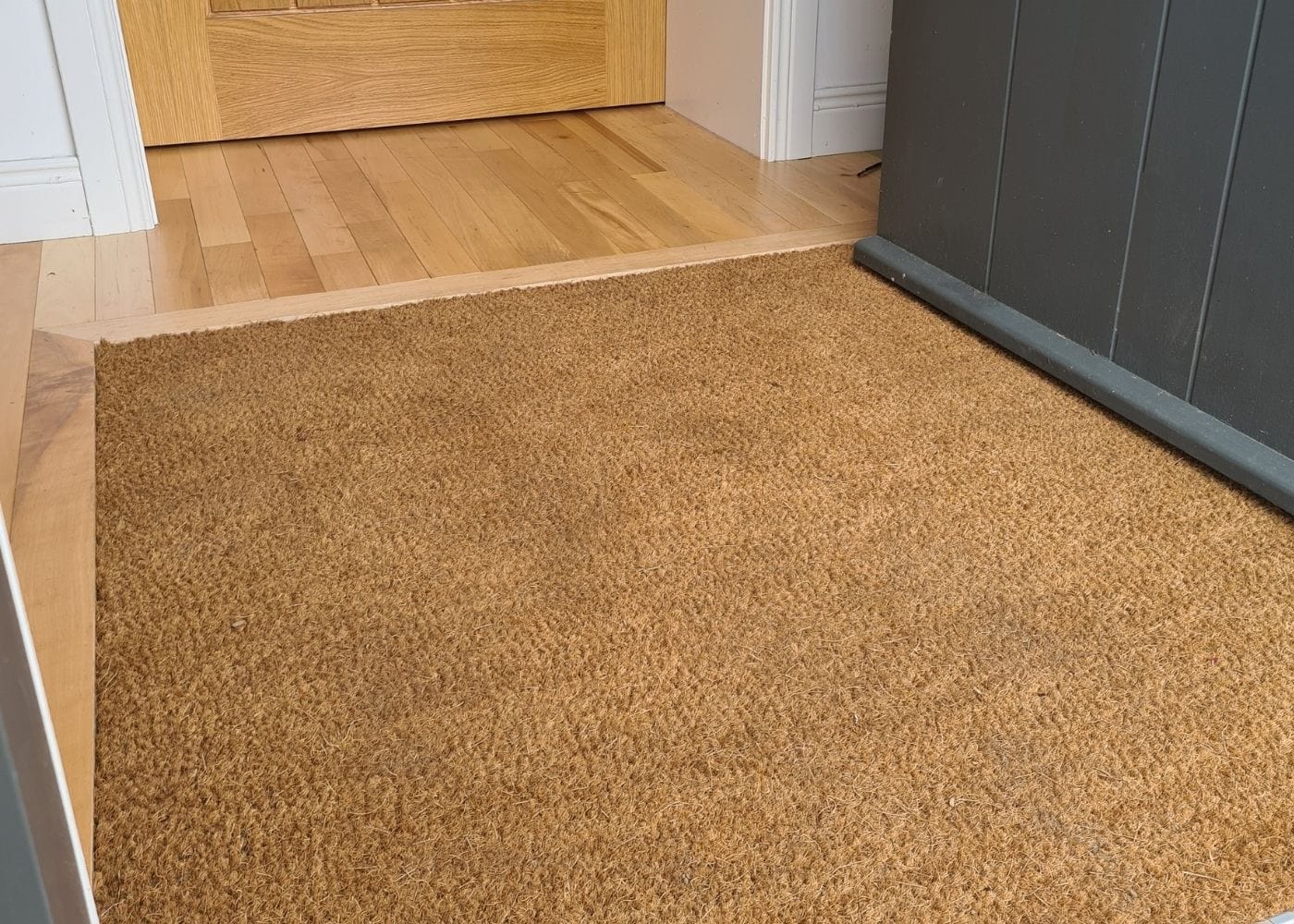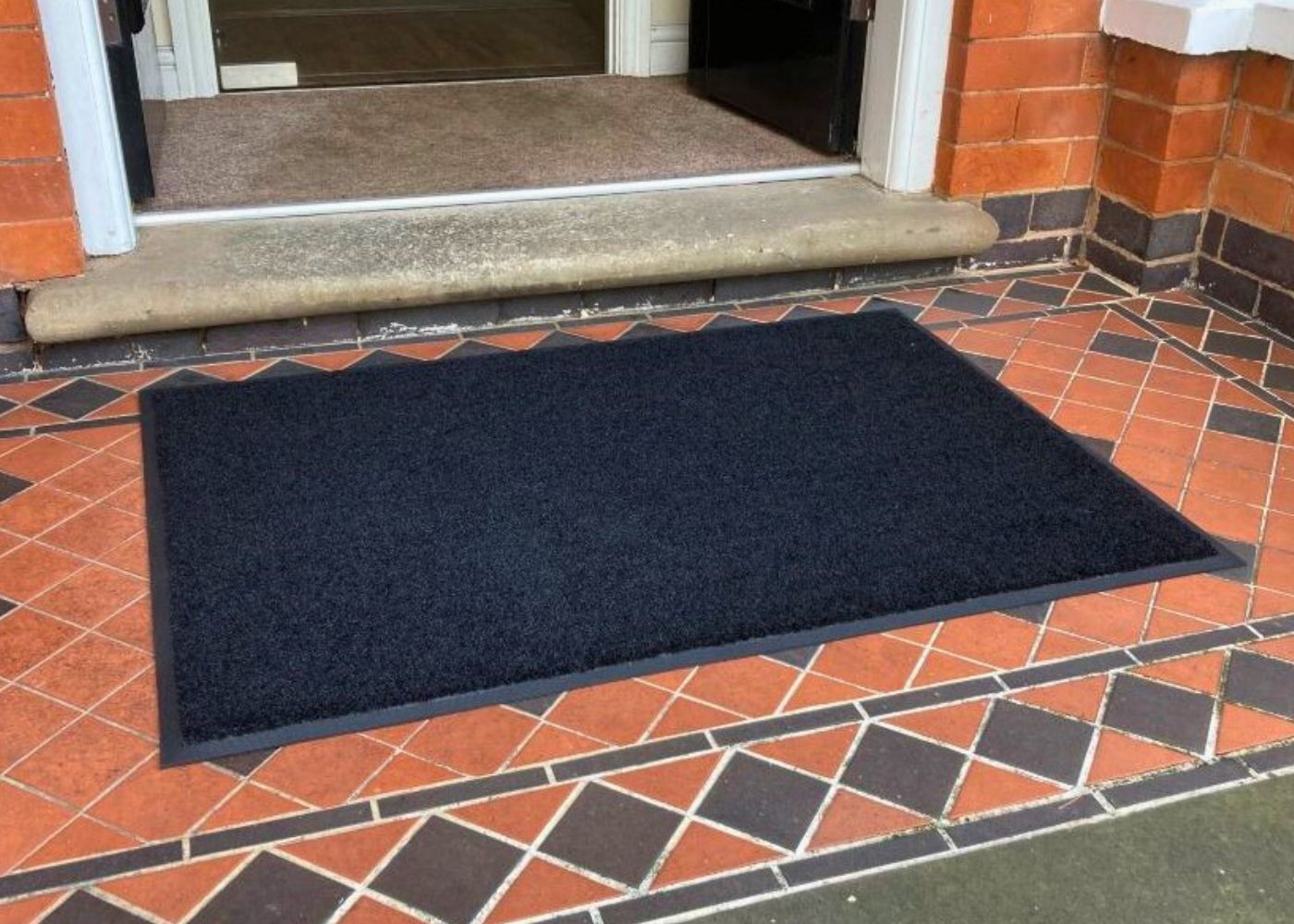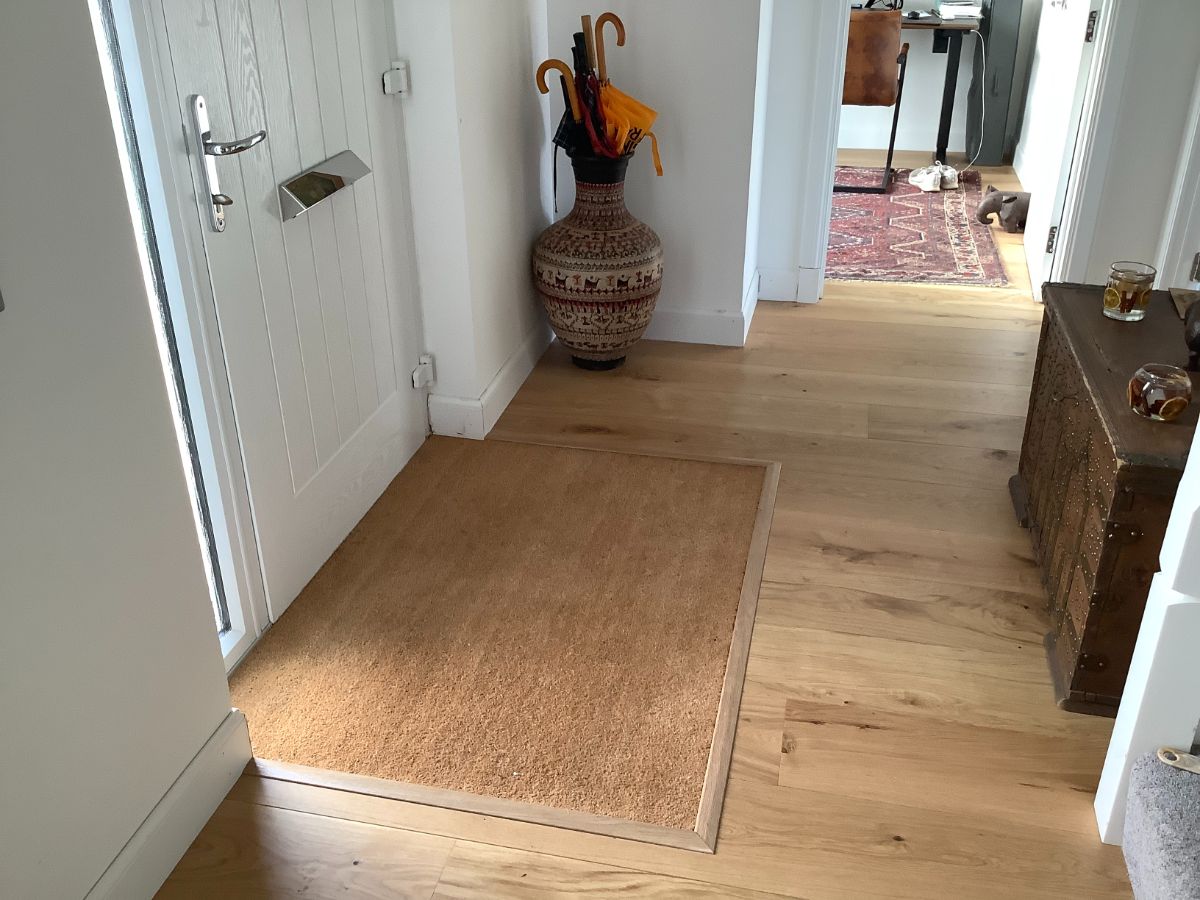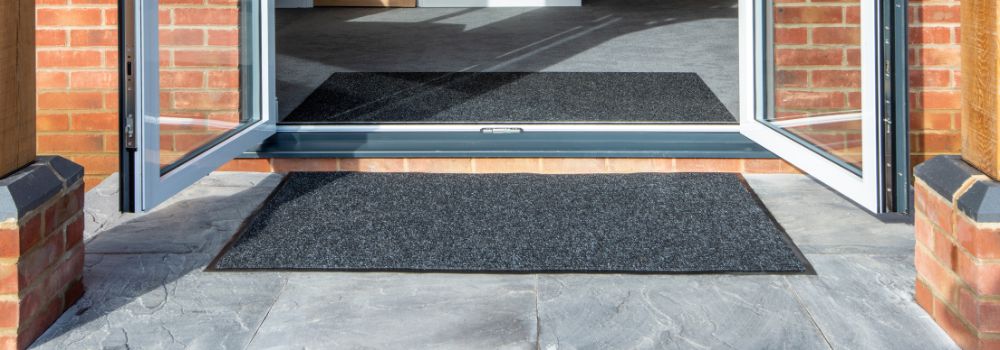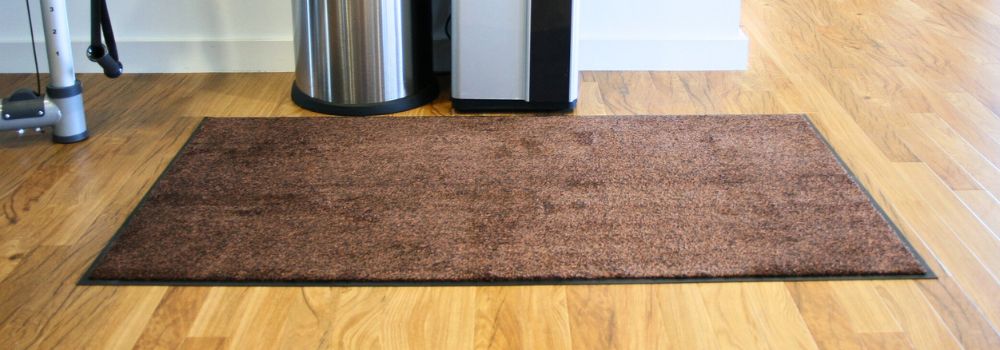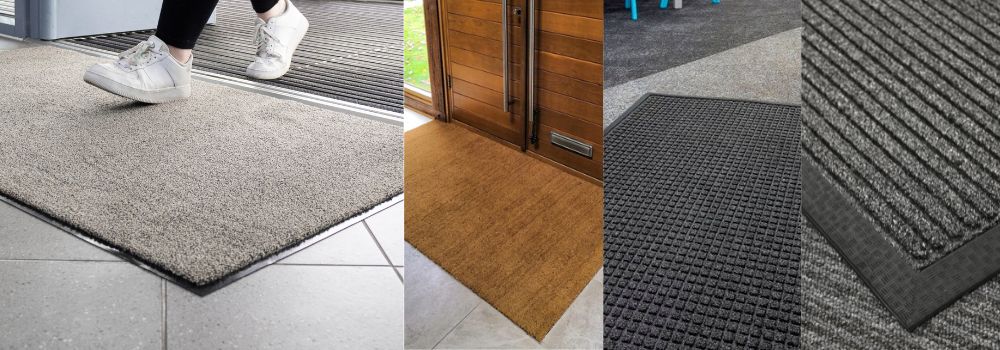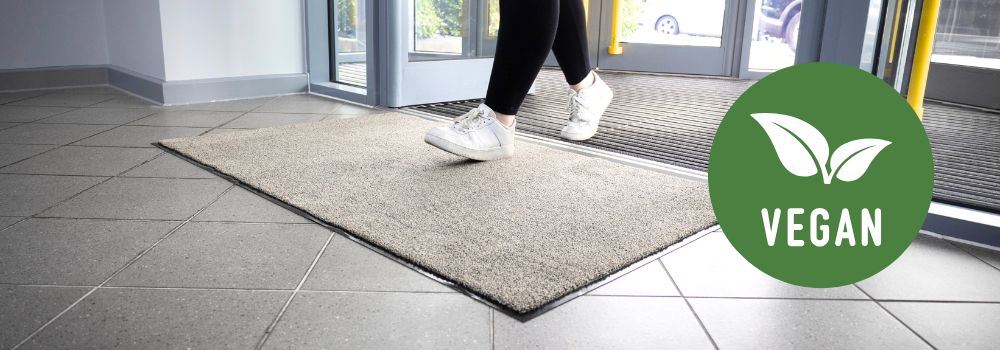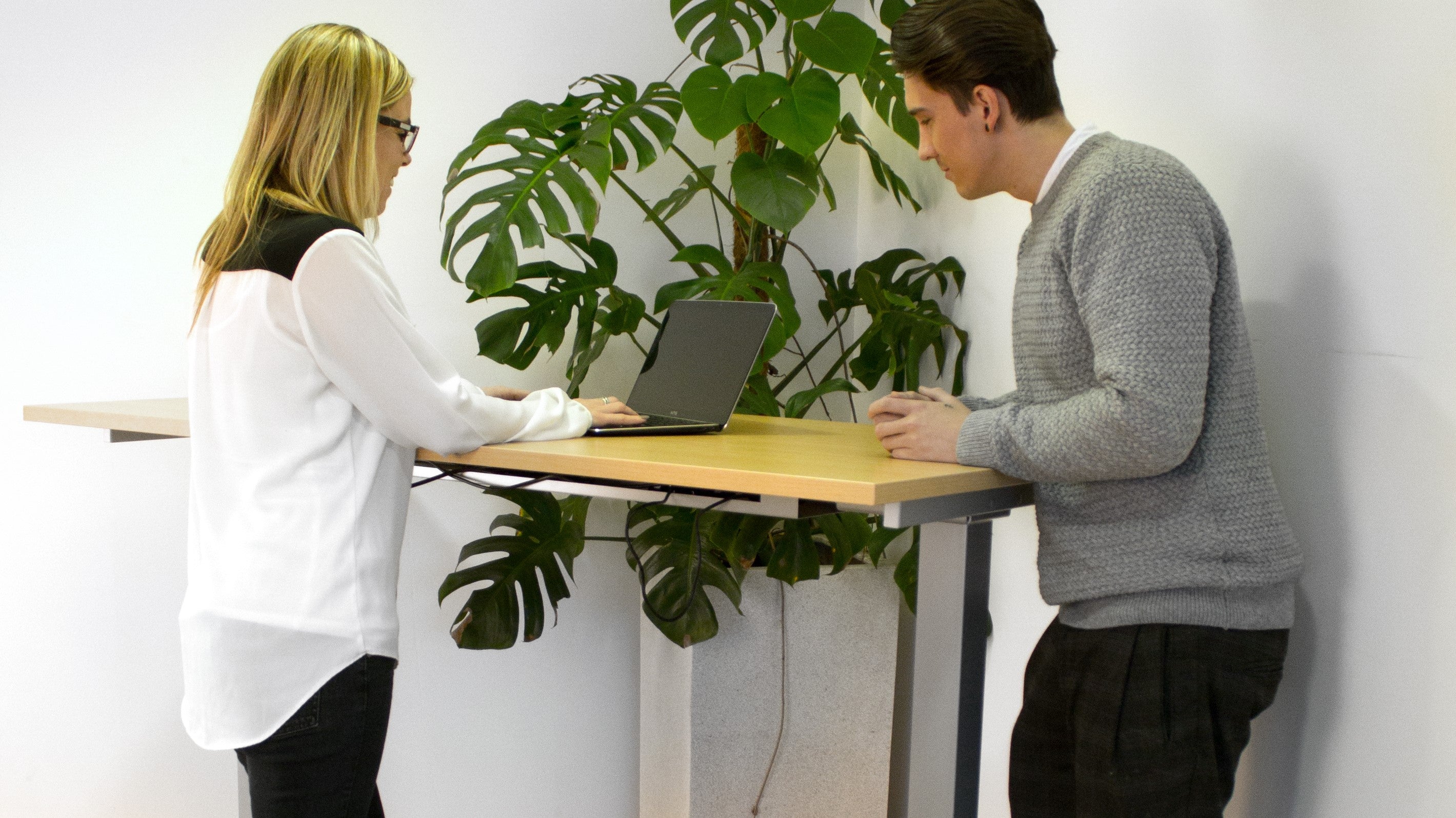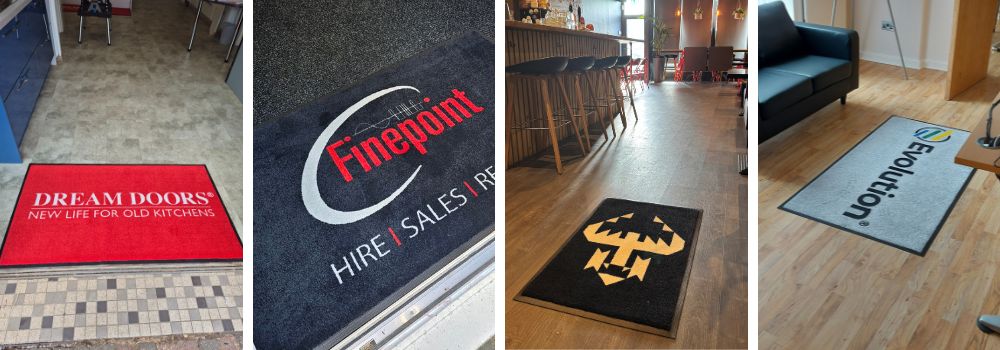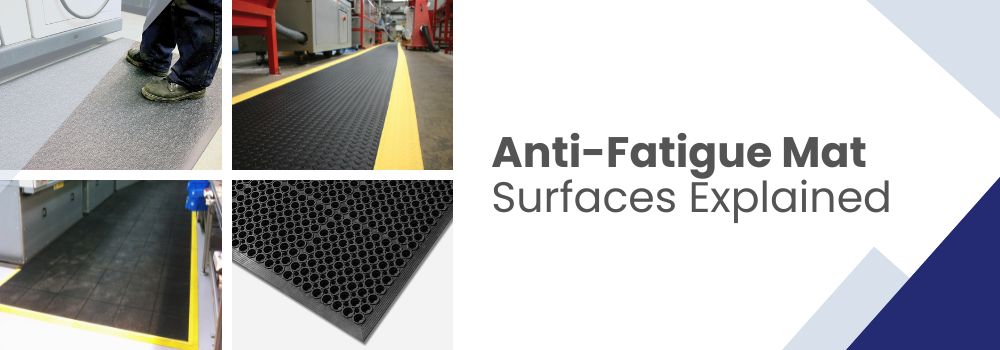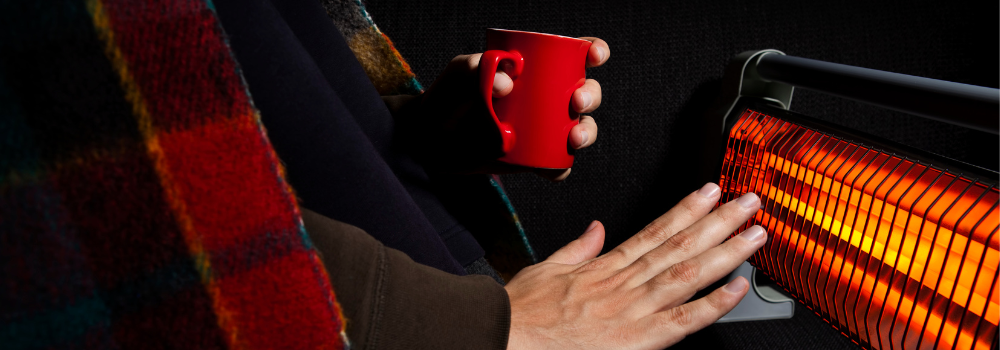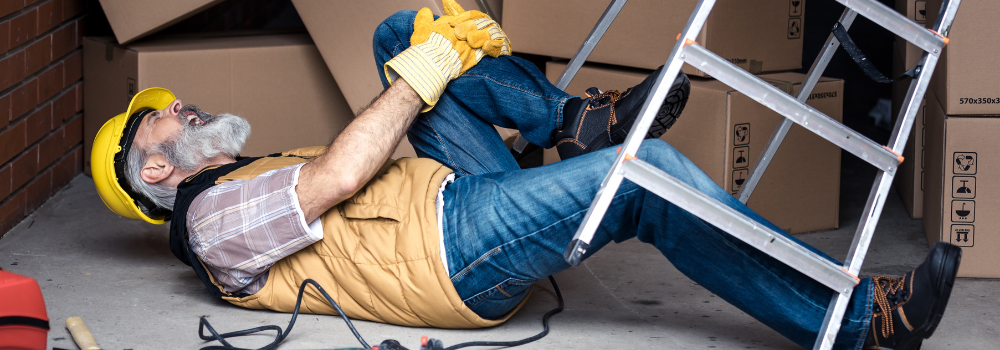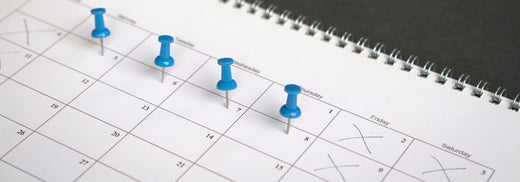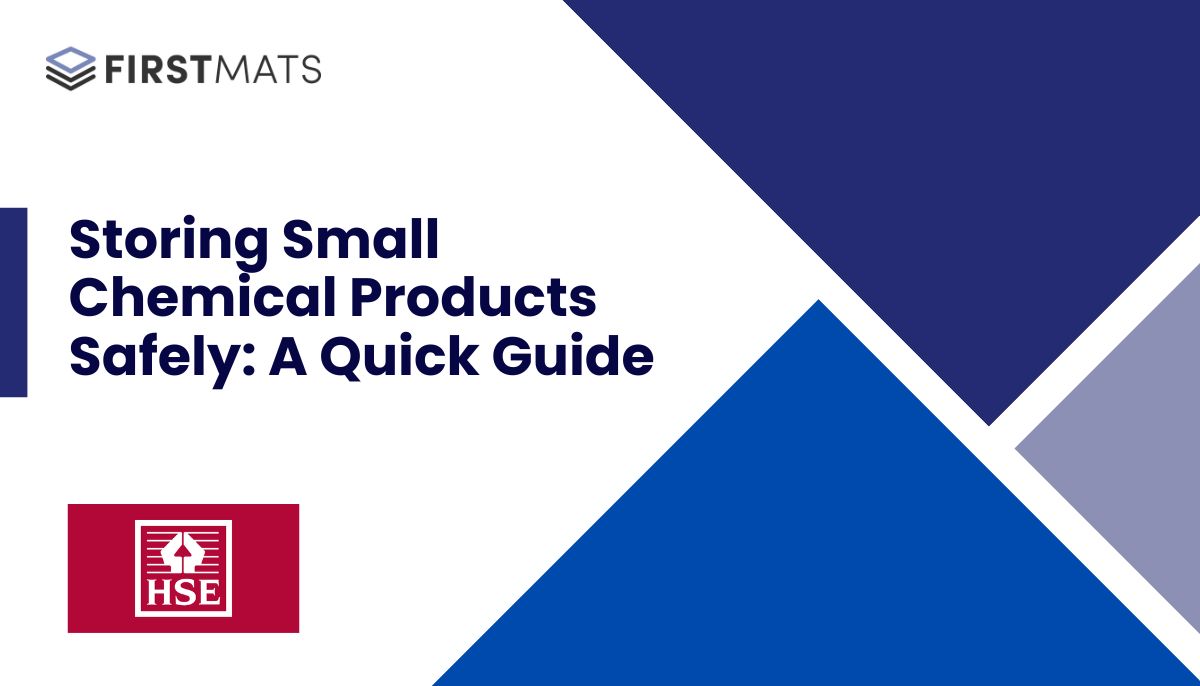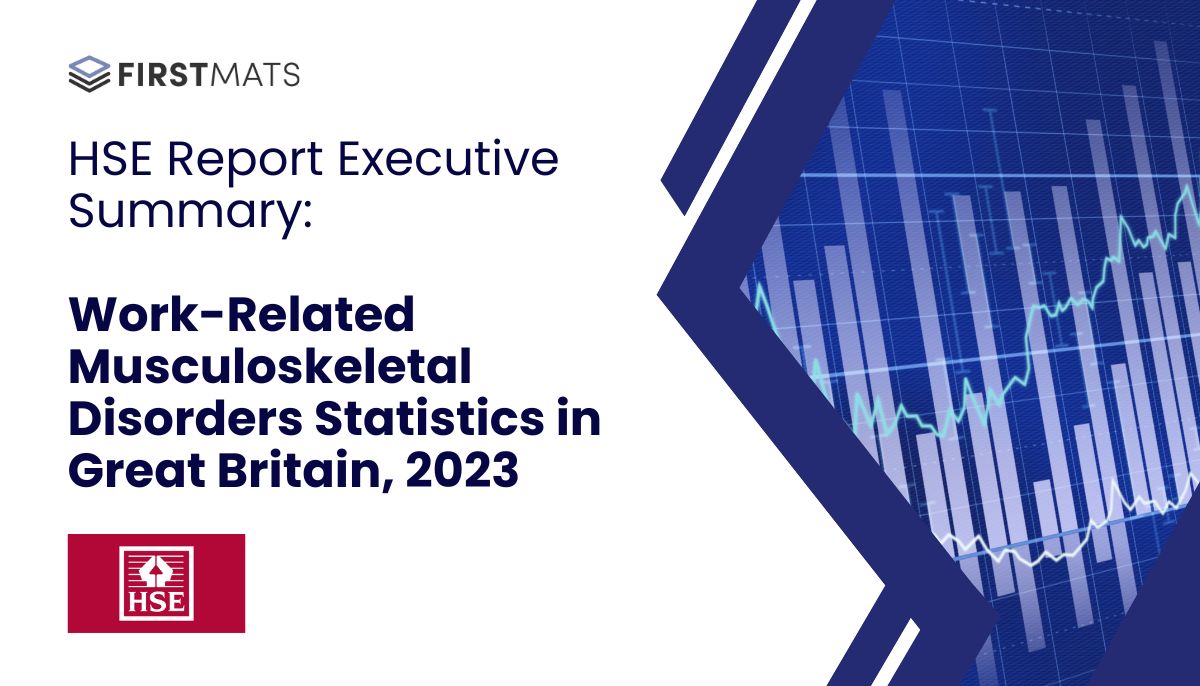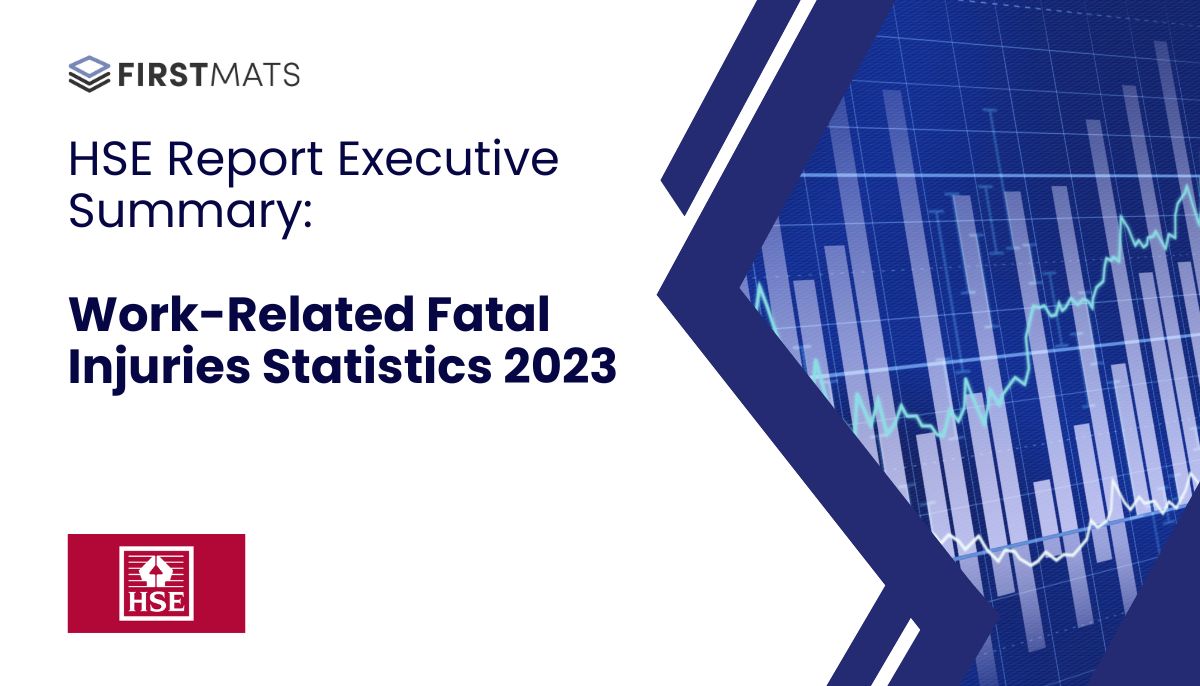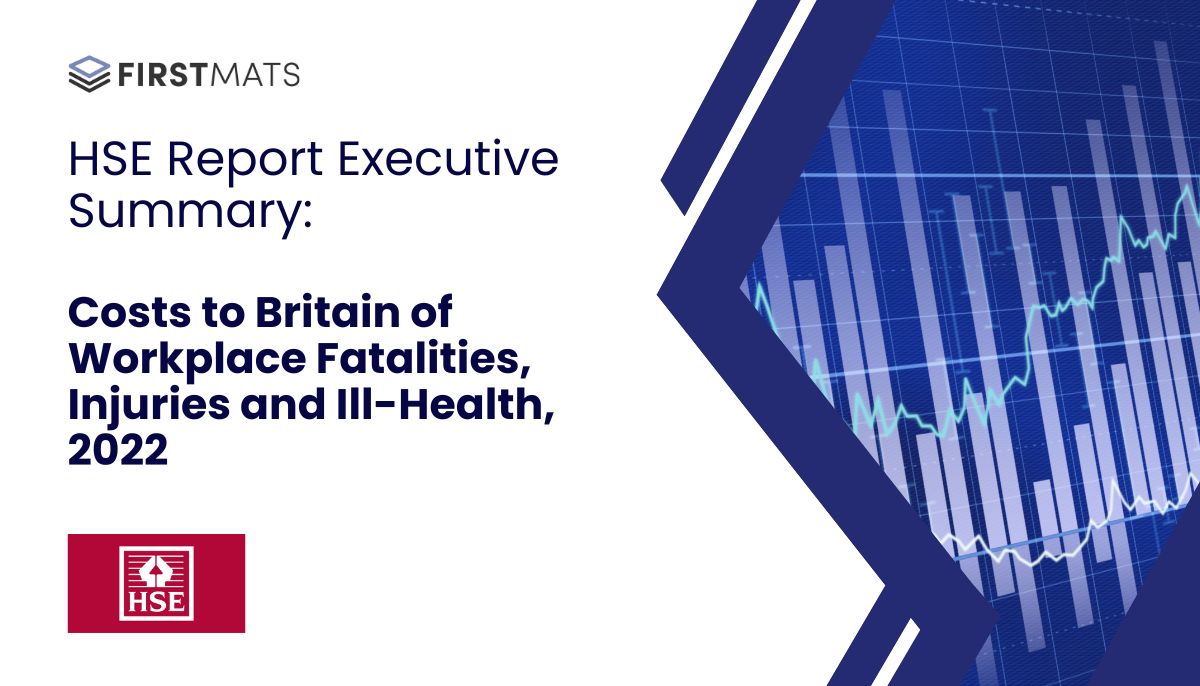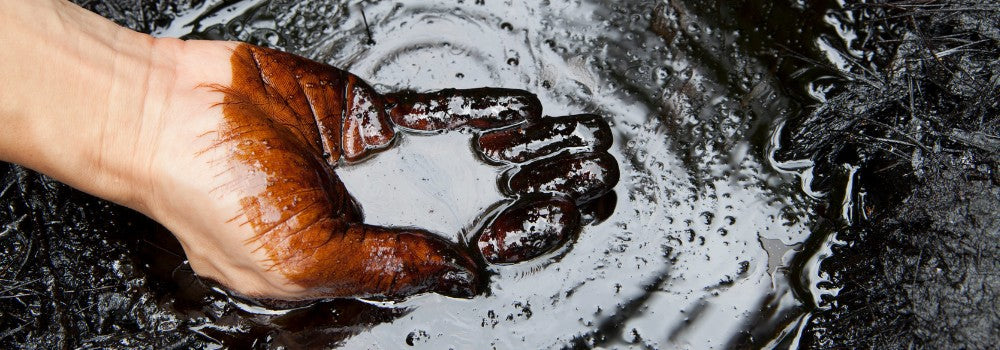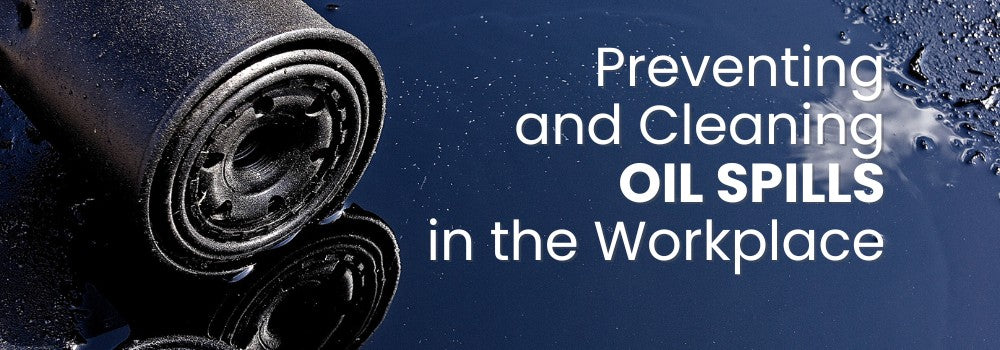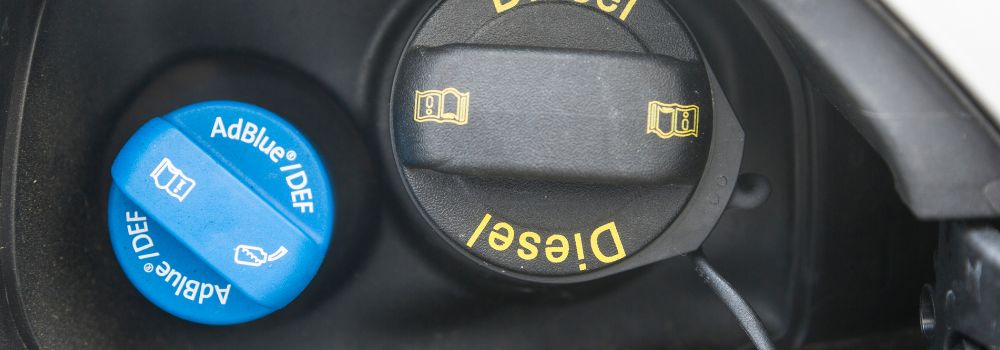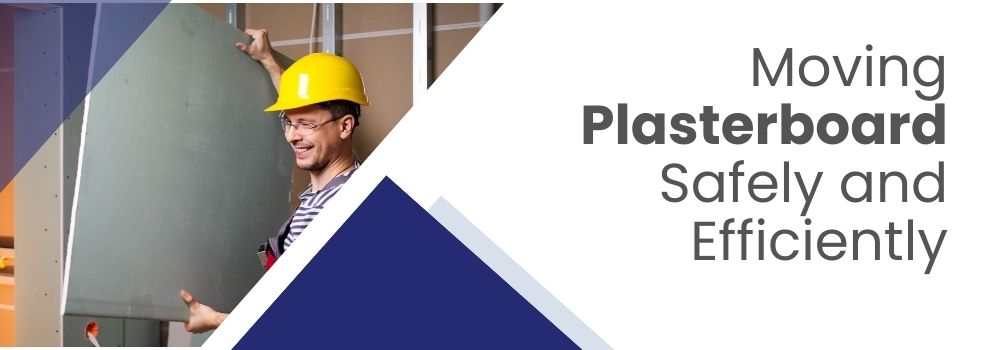How Many First Aid Kits Does My Workplace Need?

by Richard O'Connor
Mar 12, 2021 | *5 minutes to readNo matter what industry your business is in, accidents are bound to occur. And although this risk should be reduced by implementing the correct control measures, a fully and correctly stocked first aid kit must always be on hand.
The Health and Safety Regulations 1981 require all employers to provide adequate and appropriate first aid equipment to ensure that employees receive immediate attention if they are taken ill or are injured at work - preventing minor injuries from becoming major ones and possibly saving lives.
How many first aid kits does my workplace need?
A risk assessment must be carried out to decide how many first aid kits your workplace needs. This must be done by a competent and skilled employee and factors in three main points:
- Your workplace size - the higher the complexity of your space, the more first aid kits you will need. In general, you will need more than one kit if you have multi-hazard or multi-floor space or if it takes more than 60 seconds to get between two areas.
- Your workforce - the greater the number of employees, the more first aid kits you will need.
- Your workplace risk level - higher-risk work environments such as construction sites, warehouses and kitchens need more first aid kits than lower-risk environments such as offices and libraries.
What size first aid kit do I need?
With a range of sizes and options available, including statutory first aid kits and burns first aid kits, multiple factors must be considered to ensure you choose the right one for your workplace.
For high-risk workplaces, including laboratories, construction sites, or any work environment that involves manufacturing, chemicals or sharp/dangerous machinery, we recommend:
- 1 small kit - for less than 5 people
- 1 medium kit - for groups of 5 to 25 people
- 1 large kit - per group of more than 25 people
For low-risk environments, including most retail shops, libraries, offices and schools, we recommend:
- 1 small kit - for less than 25 people
- 1 medium kit - for groups of 25 to 100 people
- 1 large kit - per group of more than 100 people

What should my First Aid Kit contain?
A first aid kit should contain all the basic, necessary equipment needed to treat superficial injuries that don’t require emergency attention. This includes:
- Sterile dressings - including individually wrapped wound or adhesive dressings and plasters
- Bandages - such as roller, triangular or tubular bandages
- Personal protective items - including gloves and a plastic face shield or pocket mask
- Cleansing alcohol-free wipes - to clean the skin around the wound
- Gauze pads - to use as padding or as swabs to clean around the wounds
- Sterile eye pads - to provide initial protection from possible infection
- Adhesive tape - to hold dressings in place or to hold the loose end of bandages
- Scissors - used to cut bandages, sticky tape, or someone’s clothing if you need to get to a wound.
- Pins and clips - to fasten loose ends of bandages
- Aluminium blanket - used to help retain body heat in survival, emergency and first aid situations.
- A leaflet that provides general guidance on first aid.
First aid kits made specifically for burns are also available, which contain essential supplies for responding to burns and scalds and eye wash stations, perfect for use in garages, welding areas, workshops and other industrial environments with potential eye-related hazards.
If your First Aid Kit supplies are running low, rememer that you can purchase First Aid Refills and supplies, which can be more cost-effective than a whole new kit.

Ensure expiration dates are consistently monitored, used items are replaced, and the kit you’re using complies with the British Standard BS 8599-1. This will ensure that the kit contains suitable equipment and is safe and hygienic for use.
The list above is not exhaustive, and your first aid risk assessment should guide the contents of first aid kits in your workplace or public places.
Where should first aid kits be located?
Although there is no exact location for a first aid kit to be stored, it should be in a clearly visible place, highlighted with a First Aid Sign nearby so it can be found easily. It should also be located in a very accessible place so that anyone needing treatment can reach the kit effortlessly.
For health and safety reasons, we recommend placing first aid kits as far away as possible from work activities that create debris or high-temperature environments. This ensures the integrity of the items inside is protected and keeps your kit sterile and ready for use at any time.
Final Thoughts
This guide provides an overview of First Aid Kits and Supplies in workplaces, but a risk assessment should be carried out to ensure your workplace is fully prepared to provide the correct first aid. Understanding your workplace's risks and hazards means that if any of your employees sustain an injury, all the necessary equipment to respond is ready so they feel comfortable and safe in their work environment.
Prevention is the best cure, so ensure your workplace does everything it can to reduce injuries such as using suitable PPE, non slip floor matting, safety signage, and training for all employees.
Don't forget that First Aid Kits are insufficient to deal with life-threatening emergencies; always dial 999 and contact your designated first aider to attend to the casualty until the emergency crew arrive.
Explore More Topics
Frequently Asked Questions
If you have any questions, we’re here to help
How long does delivery take?
Each product comes with a specified lead time for delivery. We'll keep you informed if there are any delays in meeting this timeline.
Typically, once you’ve finalised your order and approved the proof, it will take 4-5 business days to make and deliver your finished mat.
If my order is damaged, can I return or exchange it?
Got a problem with your order? If something's not right or you're not thrilled with the quality, just let us know within 14 days of getting it. Drop us a line, and we'll tell you what to do next—usually, it starts with you sending us a photo of the issue. Once we check that out, we'll sort you out with a refund or a new item, no fuss.
Can I get my mat delivered more quickly?
Need your item in a hurry? Just Contact us to explore the faster delivery options we might have for you!
If my custom mat is damaged, can I return or exchange it?
Got a problem with your order? If something's not right or you're not thrilled with the quality, just let us know within 14 days of getting it. Drop us a line, and we'll tell you what to do next—usually, it starts with you sending us a photo of the issue. Once we check that out, we'll sort you out with a refund or a new item, no fuss.
























